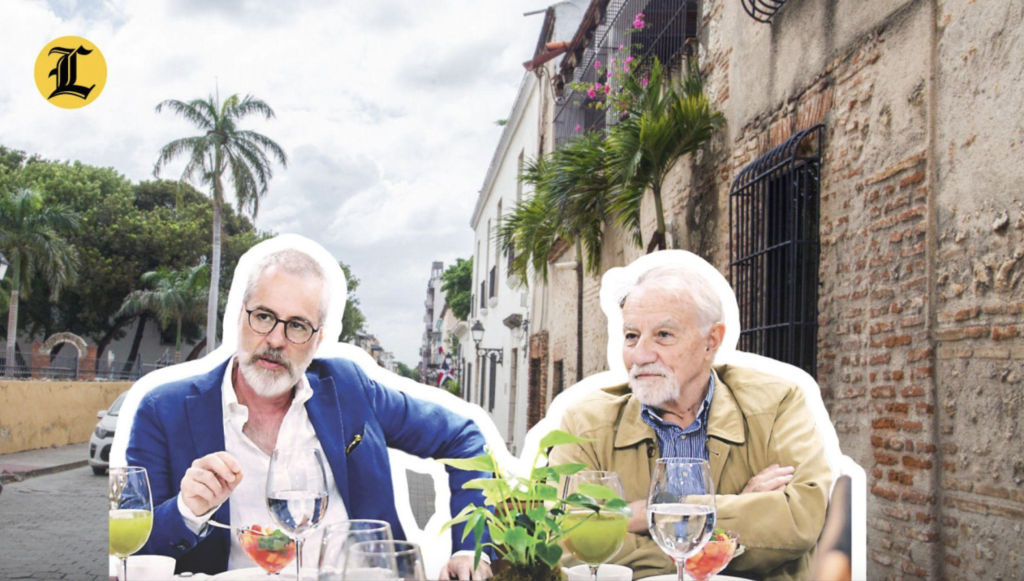
The historic Colonial City of Santo Domingo is undergoing an ambitious and comprehensive restoration project that has been creating inconveniences to Dominicans and foreigners alike. Two Italian architects in charge of the restorations explain that people will have to have patience because the restoration is a painstaking process.
Around 15 historic monuments in the Colonial City of Santo Domingo are being intervened at the same time, as part of an Interamerican Development Bank-funded renovation project.
Architect Andres Donadello is the lead architect in charge of the restorations. In an interview with Listin Diario, he highlighted the solid constructions of the historic edifices that enable these to be enjoyed by future generations.
He is working with fellow Italian architect Vasco Fassina on the restoration of the National Pantheon, the Church of the Remedies, the Alcázar de Colón, the San Antón small church, the La Soledad chapel, Las Mercedes Churh, Tercera Orden chapel, Dominican Convent, Regina Angelorum Church, Santa Clara Church, Casas Reales Museum, San Lázaro Church, Rosario chapel, San Miguel Parish, Nuestra Señora de la Altagracia Sanctuary, the first Evangelical Church, among others.
In the interview with Listin Diario, Donadello emphasized the challenges posed by the region’s unique coral stone, which he said that while beautiful, the material is susceptible to degradation over time.
Donadello explained that the restoration process involves meticulous cleaning and consolidation and protection of the materials. He highlighted the importance of using appropriate materials, such as hydraulic lime, to ensure long-term preservation.
The restoration is not without its challenges. The scarcity of skilled restoration workers and the need for careful planning and execution have extended the project timeline. However, Donadello stressed the importance of a patient and meticulous approach to ensure that these historical structures are preserved for future generations.
Donadello highlighted the surprising durability of historical monuments, stating, “We don’t find these monuments in such poor condition because the materials they are made from have a lifespan hundreds of times greater than those used in modern construction.”
Despite their resilience, many monuments have undergone various interventions over the years, some of which have not adhered to best conservation practices. Donadello pointed out that landmarks such as the Palacio de las Casas Reales, the church at the Panteón, and the Alcazar have experienced significant changes over the last 150 years, impacting their current condition.
“These monuments have enjoyed a rich history that has evolved with the trends of their times,” he noted.
One critical issue facing the Colonial City, according to Donadello, is the ongoing replacement of historic materials with modern, less durable alternatives. “Cities are recognized by the materials of their plazas and streets. In Santo Domingo, we see many old brick plazas, streets, and sidewalks being replaced with concrete tiles, which is a mistake,” he cautioned.
Italian Ambassador Stefano Queriolo Palmas expressed his country’s pride in contributing its expertise to this significant project.
Read more in Spanish:
Listin Diario
5 November 2024

